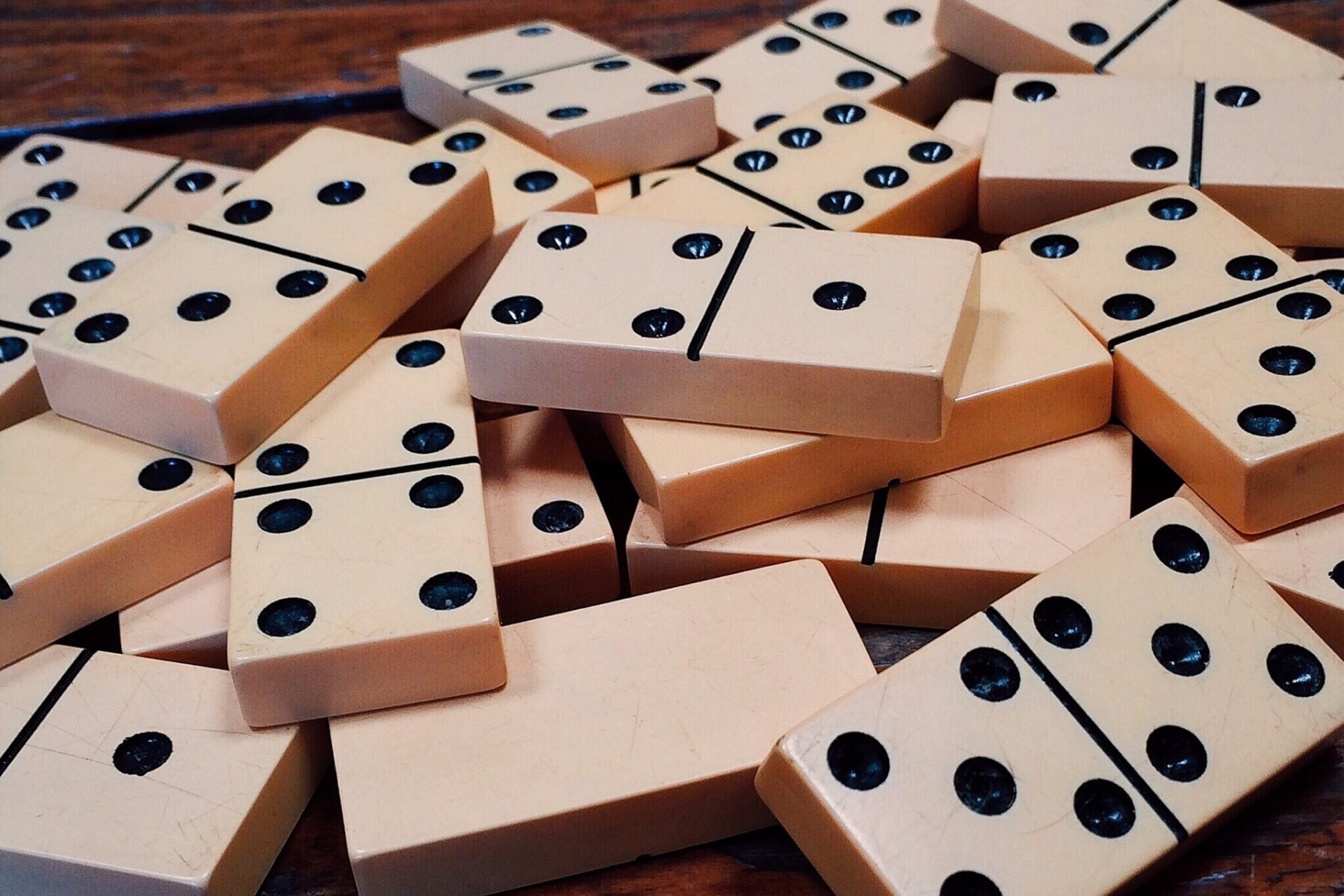Ultimately all of us will experience a cardiac arrest, it simply means the complete cessation of the normal heart contractions so that the pumping of the blood stops.
However, the cause of this stoppage can be for numerous reasons including…
Trauma i.e. blunt strike to the chest aka commotio cordis
Drugs, both prescription and recreational
Asphyxia/choking
Natural end of life i.e. other organ failure, disease
Toxins
Electrocution
…and of course cardiac ones like
Abnormal heart rhythms (arrhythmia) i.e. LQTS, Brugada
Cardiomyopathies i.e. HCM/HOCM, DCM, ARVC
Heart disease
Heart attacks (myocardial infarction)
Electrolyte imbalances i.e. Potassium, Magnesium
…and it is this last group that when they happen unexpectedly and suddenly that constitute a Sudden Cardiac Arrest and the reason behind SCA UK.
Whilst these are the known causes of a cardiac arrest, many survivors are given a diagnosis of idiopathic, which means…
“relating to or denoting any disease or condition which arises spontaneously or for which the cause is unknown.”
This diagnosis can be particuarily frustrating for the survivor and family as they are left wondering why the SCA happened and will it occur again?
Arrhythmias
The most common cause of a sudden cardiac arrest is a life threatening abnormal heart rhythm called ventricular fibrillation (VF), which is where the heart quivers rather than pumping.
If a person goes into VF, blood will cease pumping around their body, they will collapse and go unconscious. If not treated this will usually lead to death within minutes. The only way to save the person is to get their heart pumping again and this will usually require a defibrillator (AED). In some rare cases an episode of VF can self terminate, such that the heart restarts without being defibrillated. Whilst in VF, CPR should be carried out immediately to keep oxygen circulating around the body until a defibrillator can be used.
Ventricular Tachycardia can preceed VF and some ICD’s can pace (“overdrive”) the heart out of this arrythmia before deteriorating into VF.
Cardiomyopath
Cardiomyopathy is a general term for diseases of the heart muscle, where the walls of the heart chambers have become stretched, thickened or stiff. This affects the heart’s ability to pump blood around the body.
Some types of cardiomyopathy are inherited and are seen in children and younger people
Below are a number of videos explaining a number of types of cardiomyopathy. If you have cardiomyopathy you may be interested in the charity supporting people with this condition – Cardiomyopathy UK.
Heart Attack
One of the most common causes of a cardiac arrest is the myocardial infarction, commonly known as a heart attack. This is often confused with a cardiac arrest but they are different. For more information see our Heart Attack page. A major heart attack can cause a cardiac arrest, and this can happens in around 20% of cases.
Premature Ventricular Contractions
Premature ventricular contractions (PVCs) are extra heartbeats that begin in one of your heart’s two lower pumping chambers (ventricles). These extra beats disrupt your regular heart rhythm, sometimes causing you to feel a fluttering or a skipped beat in your chest. PVCs often cause few or no symptoms but in certain scenarios can lead to dangerous
Myocarditis
This is also known as inflammatory
Heart Failure
Heart failure means that the heart is unable to pump blood around the body properly. It usually occurs because the heart has become too weak or stiff. Heart failure is sometimes prefixed with “congestive’ but this isn’t widely used these days.
Pulseless Electrical Activity & Asystole
Pulseless electrical activity (PEA), refers to cardiac arrest in which the electrocardiogram shows a heart rhythm that should produce a pulse but does not. PEA is found initially in about 55% of people in cardiac arrest. Patients in PEA cannot be defibrillated as it is not a shockable rhythm because the electrical system in the heart is actually working properly. Shocking the patient is done to ‘reset’ the heart’s rhythm, but the problem in PEA isn’t in the conduction of electrical stimuli in the heart. Asystole is a cardiac arrest rhythm in which there is no discernible electrical activity in the heart and is shown as a “flatline” on an ECG monitor

